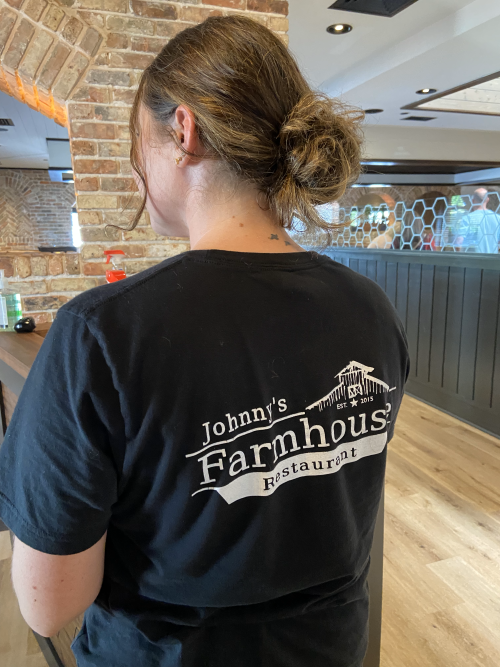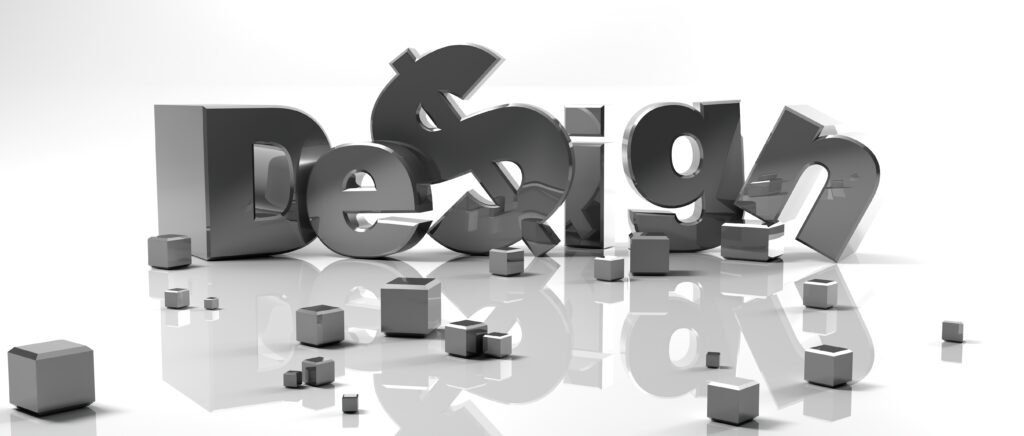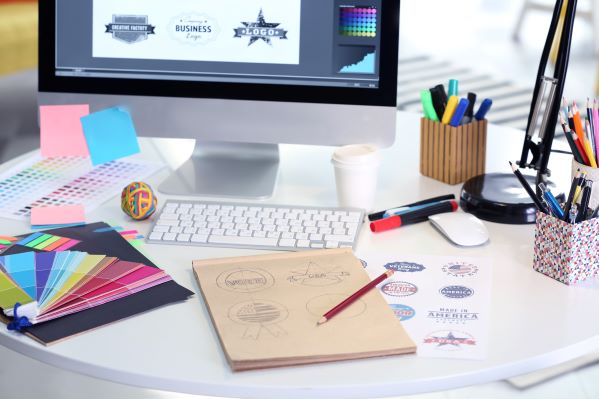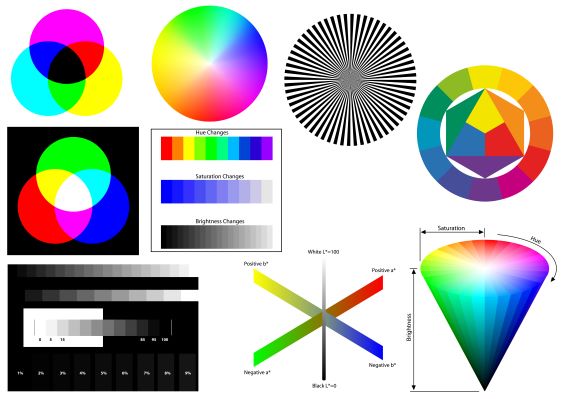Why Hire a Graphic Design and Branding Expert?
Friday, December 1st, 2023
Have you considered hiring a graphic design and branding expert for your business needs? Small business owners often have a “do it yourself” mentality. This may work well in many capacities, but there are certain tasks that are better left to the professionals. One example is your business branding and graphic design projects.
While it may be hard to hand off your vision to someone else, a professional graphic designer has attained years of skills and experience that can take your brand to the next level. Graphic designers are creative problem solvers. They can bring fresh and innovative ideas to your projects, helping you stand out in a crowded marketplace and engage your audience.
Top 7 Reasons to Hire a Graphic Designer and Branding Expert
Skill and Experience
Graphic design and branding require skills and expertise. Professionals in the field have years of training and experience in design principles, color theory, typography, and branding strategies. Without this knowledge, your DIY efforts may result in a less polished and effective outcome.
Marketing Expertise
Designers often have a deep understanding of market trends and consumer preferences. They can incorporate these insights into their designs to make them more relevant and appealing to your target audience. Branding isn’t just about design; it’s also about strategy. A professional designer can help align your visual identity with your marketing goals and target audience.
Time Savings
Learning and executing graphic design and branding takes time. If you have a business to run or other responsibilities, dedicating the necessary time to develop these skills can be challenging. Hiring a professional allows you to focus on your core business activities while they handle the design work efficiently.
Quality
Professional graphic designers have access to industry-standard software and tools, which can produce higher-quality designs than what you might achieve with free or basic design software. The quality of your branding materials can significantly impact how your business is perceived. This is essential for printed materials and online graphics.
Brand Consistency
Building a strong and consistent brand identity is crucial for businesses. DIY branding might lead to inconsistencies in your visual identity. This could confuse your customers and weaken your brand’s impact. A professional designer can help you create a unique and memorable brand image that sets you apart from competitors and resonates with your target audience.
Return on Investment (ROI)
While DIY design may seem cost-effective initially, if the results are subpar or require frequent revisions, it could end up costing you more time and money. Well-designed branding and marketing materials can lead to increased brand recognition, customer engagement, and ultimately, higher sales and revenue. The investment in a professional designer can pay off in the long run.
Legal Considerations
There are legal aspects to consider, such as copyright and trademark issues, when designing your branding materials. Professionals are often well-versed in navigating these issues.
Hiring a graphic design and branding expert can enhance your brand’s image. It can also save you time and resources, and ultimately contribute to the success and growth of your business or personal projects. Their expertise and creativity can not only help you make a lasting impression but also connect with your audience more effectively.
If you would like to learn more about the types of projects a graphic designer can help you with for your business, read this article linked below.






